So, you're captivated by the idea of an electric underwater scooter, gliding effortlessly through the aquatic world. Whether you call it a underwater sea scooter, a Diver Propulsion Vehicle (DPV), or your personal underwater chariot, one of the most critical questions you'll encounter is: How deep can it actually go?
The answer isn't a simple one-size-fits-all. The maximum depth an underwater scooter can safely reach is a key performance specification that varies dramatically based on its design, intended purpose, build quality, and, consequently, its price. Let's dive into the depths of this topic.
Why Depth Ratings Aren't Just Numbers
Before we explore the different depth categories, it's crucial to understand why these ratings are so important. Taking a scooter deeper than it's designed for can lead to:
Flooding
Seals designed for shallower depths can fail under increased pressure, allowing water to enter and destroy sensitive electronics and the motor.
Structural Damage/Collapse
The scooter's body, especially if made from less robust materials, can crack, deform, or even implode under excessive pressure.
Malfunction
Components may cease to operate correctly.
Voided Warranty
Manufacturers will not cover damage caused by exceeding specified limits.
Safety Risks for the User
A malfunctioning scooter at depth can create a serious emergency.
With that in mind, let's look at the typical depth capabilities.
Categories of Underwater Scooters by Depth
We can generally group underwater scooters into a few key categories based on their depth ratings:
For the Fun Zone: Shallow Water & Snorkeling Scooters
- Typical Depth Rating: 5 to 20 meters (approximately 16 to 65 feet)
- Designed For: These are your entry-level models, perfect for enhancing fun in swimming pools, making snorkeling adventures more exciting, or for very shallow recreational free dives. They allow you to cover more area and conserve energy while exploring reefs or lake beds close to the surface.
- Construction: Often feature lightweight, plastic bodies and simpler sealing mechanisms. They are not built to withstand significant water pressure. Some very basic models might even be intended primarily for surface propulsion or just a few feet of submersion.
- Use Case Example: Exploring a coral reef while snorkeling, making it easier to swim from one patch to another without tiring.
For the Everyday Explorer: Recreational Scuba Diving Scooters
- Typical Depth Rating: 30 to 50 meters (approximately 100 to 165 feet)
- Designed For: This is the sweet spot for most certified recreational scuba divers. Depth ratings like 30m (100ft) and 40m (130ft) align perfectly with standard recreational dive limits (e.g., PADI Open Water and Advanced Open Water certifications). They allow divers to cover larger areas of a wreck or reef, combat currents more effectively, and conserve air.
- Construction: These models typically boast more robust construction than shallow-water versions, with improved seals, stronger motor housings, and often more powerful batteries and motors.
- Use Case Example: Exploring a large shipwreck that sits at 25 meters, allowing the diver to see more of the site within no-decompression limits.
For the Adventurous Spirit: "Prosumer" & Advanced Recreational Scooters
- Typical Depth Rating: 50 to 70 meters (approximately 165 to 230 feet)
- Designed For: Bridging the gap between recreational and technical diving, these scooters cater to experienced divers who might be exploring deeper recreational limits or venturing into introductory technical dives. They offer enhanced performance, longer runtimes, and the durability to handle greater depths.
- Construction: Expect tougher materials, potentially more sophisticated electronics, and even more reliable sealing systems.
- Use Case Example: A diver with appropriate deep diving training exploring a reef wall that extends down to 60 meters.
For the Extreme Frontier: Technical, Professional & Cave Diving DPVs
- Typical Depth Rating: 60 meters (200 feet) to well over 120 meters (400 feet). Some specialized units can even exceed 150 meters (500+ feet).
- Designed For: These are the titans of the DPV world, built for the most demanding underwater environments and tasks. This includes deep technical wreck penetration, extensive cave exploration, military operations, and scientific research. Reliability, long burn times, robust performance, and the ability to tow additional gear are paramount.
- Construction: Engineered with the highest quality materials, such as aircraft-grade aluminum, specialized engineering polymers, and sophisticated, pressure-resistant electronics and motor systems. They often feature redundant seals and heavy-duty components. Brands like Suex, Bonex, Dive-Xtras, and Hollis are well-known in this category.
- Use Case Example: A cave diving team navigating several kilometers into an underwater cave system, relying on their DPVs for primary propulsion and carrying backup equipment.

What Makes a Scooter Go Deeper? Factors Influencing Depth Rating
Several engineering and design aspects determine how deep an underwater scooter can safely operate:
Body Material & Construction
The strength and pressure resistance of the scooter's housing are primary factors. Plastics used in recreational models will compress and fail at depths where metals like aluminum or high-strength composites used in technical DPVs remain stable.
Seal Integrity
Multiple, high-quality O-rings and precision-engineered sealing surfaces are essential to keep water out of the motor compartment and battery housing as external pressure increases.
Motor and Electronics
Internal components, especially the motor and electronic control systems, must be designed either to be housed in a perfectly pressure-resistant casing or to operate correctly under the ambient pressure found at depth (less common for the motor itself in electric scooters).
Buoyancy and Trim
While not directly a depth limit factor, how a scooter behaves at depth (its buoyancy changes, or trim) is a design consideration for deeper models.
Manufacturer Testing & Certification
Reputable manufacturers rigorously test their designs under hyperbaric conditions to establish a safe maximum operating depth and will certify their products accordingly.
The Golden Rules: Scooter Limits vs. Your Limits
This is the most critical takeaway:
Respect the Scooter's Depth Rating
NEVER intentionally take an underwater scooter deeper than its manufacturer-specified maximum depth. You risk irreparable damage and a failed piece of equipment when you might need it most.
YOUR Dive Training Limits Come First
Even if your scooter is rated for 100 meters, if your diving certification and experience limit you to 30 meters, then 30 meters is your absolute maximum depth. A scooter's depth capability does NOT extend your personal safe diving limits or training. Always dive within the limits of your training, experience, and gas plan.
Choosing the Right Depth Capability for You
When selecting an underwater scooter, consider:
- Your Current Diving: What depths are you typically diving to now?
- Your Future Aspirations: Do you plan on getting certifications for deeper diving?
- The Environment: Will you be in shallow reefs, deeper wrecks, or caves?
It's wise to choose a scooter with a depth rating that comfortably covers your current and near-future diving activities. However, don't overspend on extreme depth capabilities if you're unlikely to ever use them. Balance depth with other important factors like runtime, speed, weight, and features.
Related reading: How to Choose a Electric Kickboard in Swimming?
FAQs
Q: How deep can it go? Depth ratings vary (5m-120m+); it depends on the scooter's design and intended use (snorkeling to deep technical diving).
Q: Is the scooter's depth limit the same as mine?
No. Your dive certification's depth limit is always the absolute maximum, regardless of the scooter's rating.
Q: How do I pick the right depth rating?
Choose a scooter whose depth rating comfortably covers the depths you currently dive or plan to dive within your certification limits.
Conclusion: Depth Matters, But Safety Matters More
The depth an underwater scooter can reach is a testament to its engineering, ranging from just a few meters for playful models to astounding depths for technical exploration tools. Understanding these ratings, the factors behind them, and how they relate to your own diving practices is key to choosing the right scooter and, more importantly, ensuring safe and enjoyable underwater adventures.
Always research the specific model you're interested in, and remember that the most important depth limit is the one set by your training and experience.
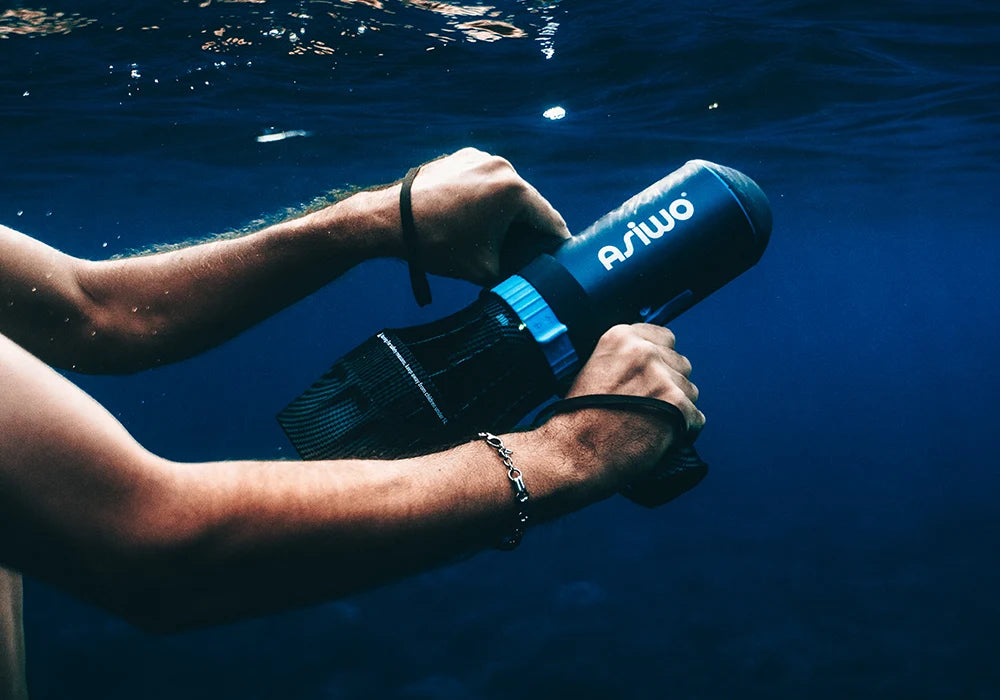




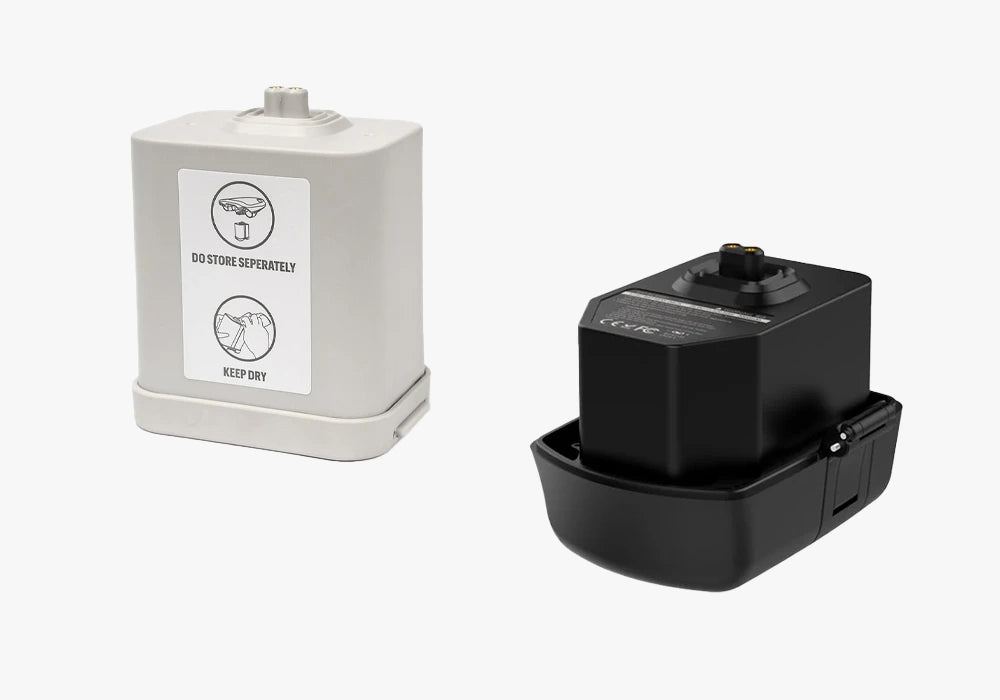




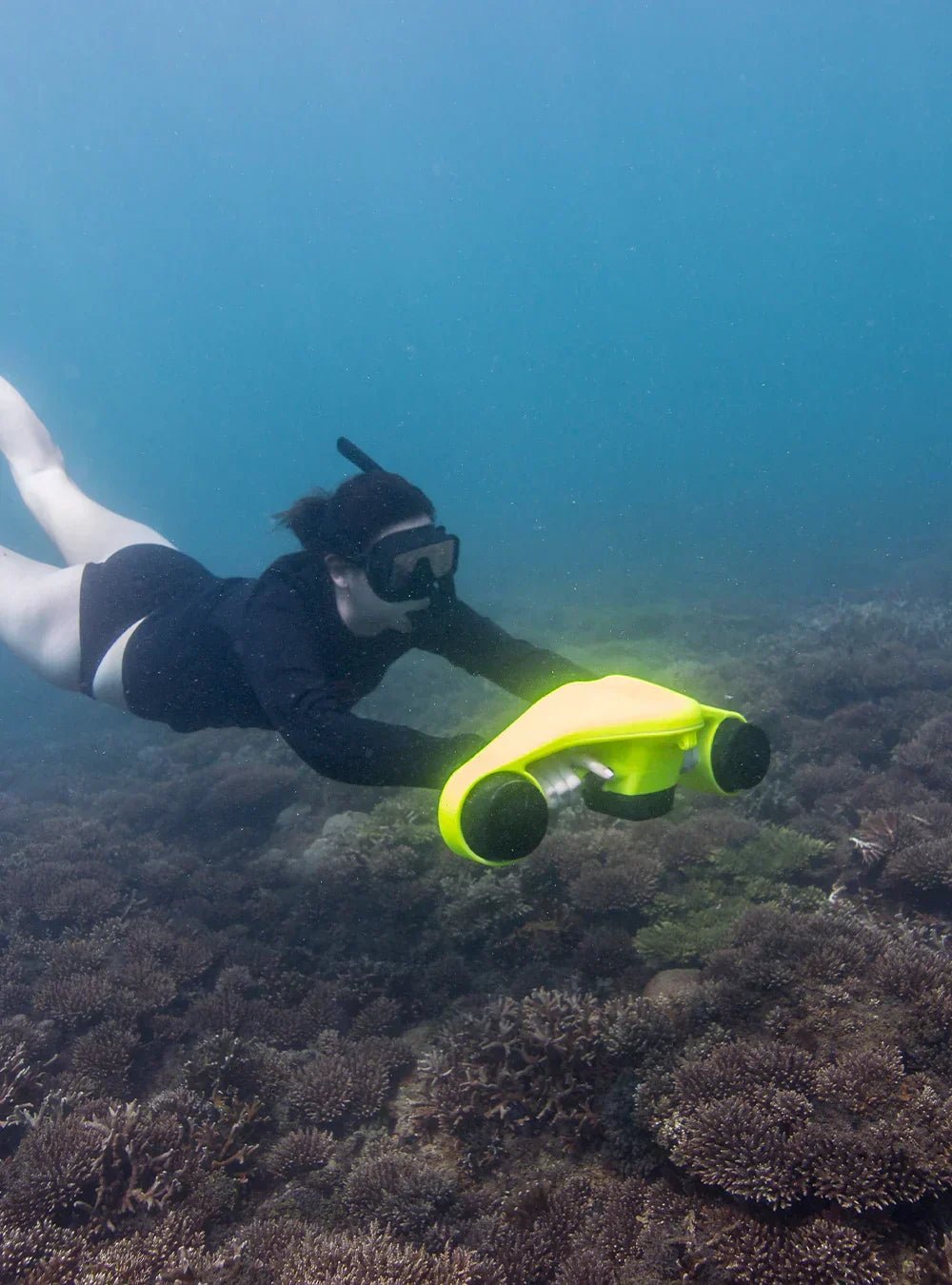
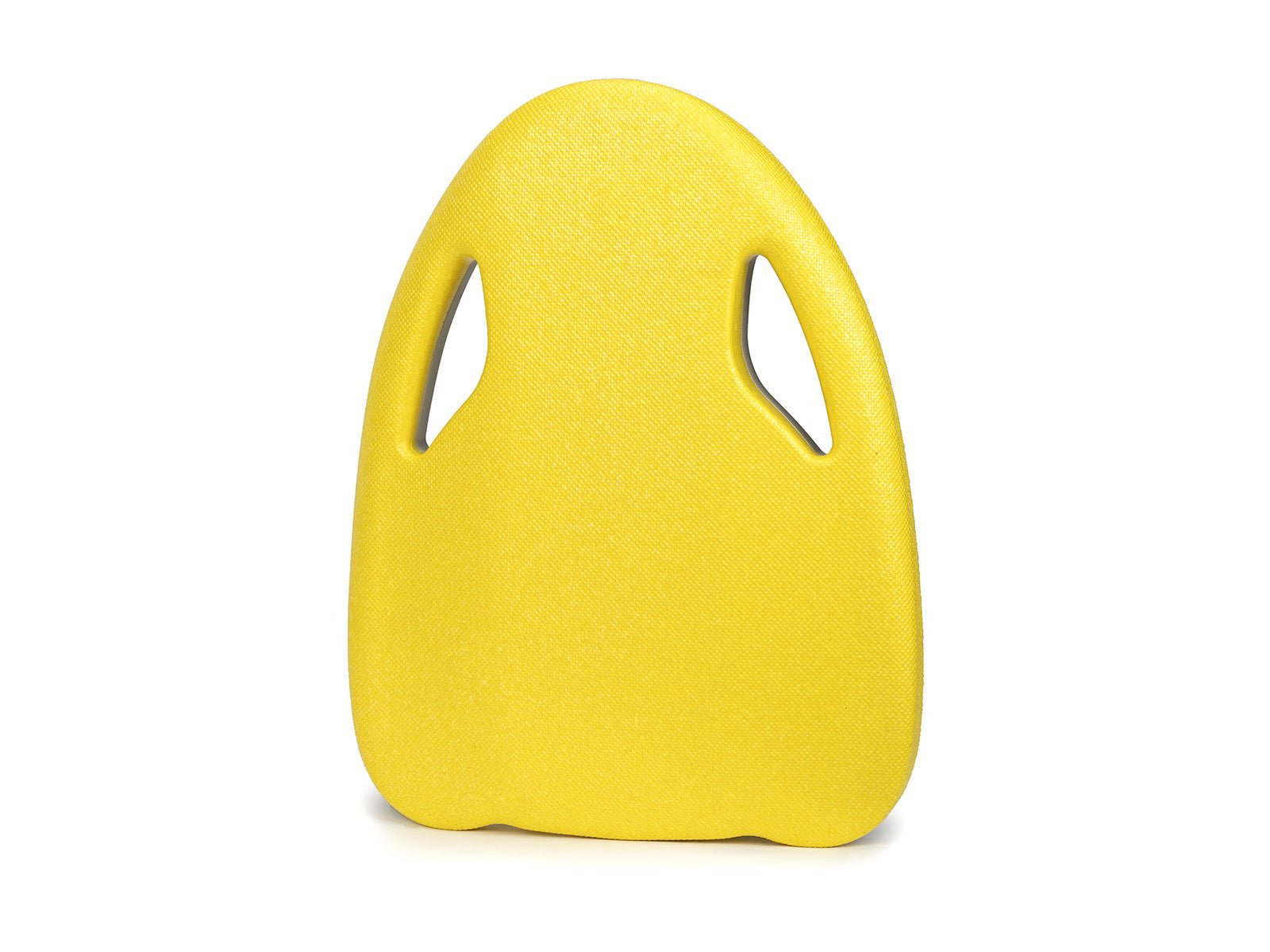
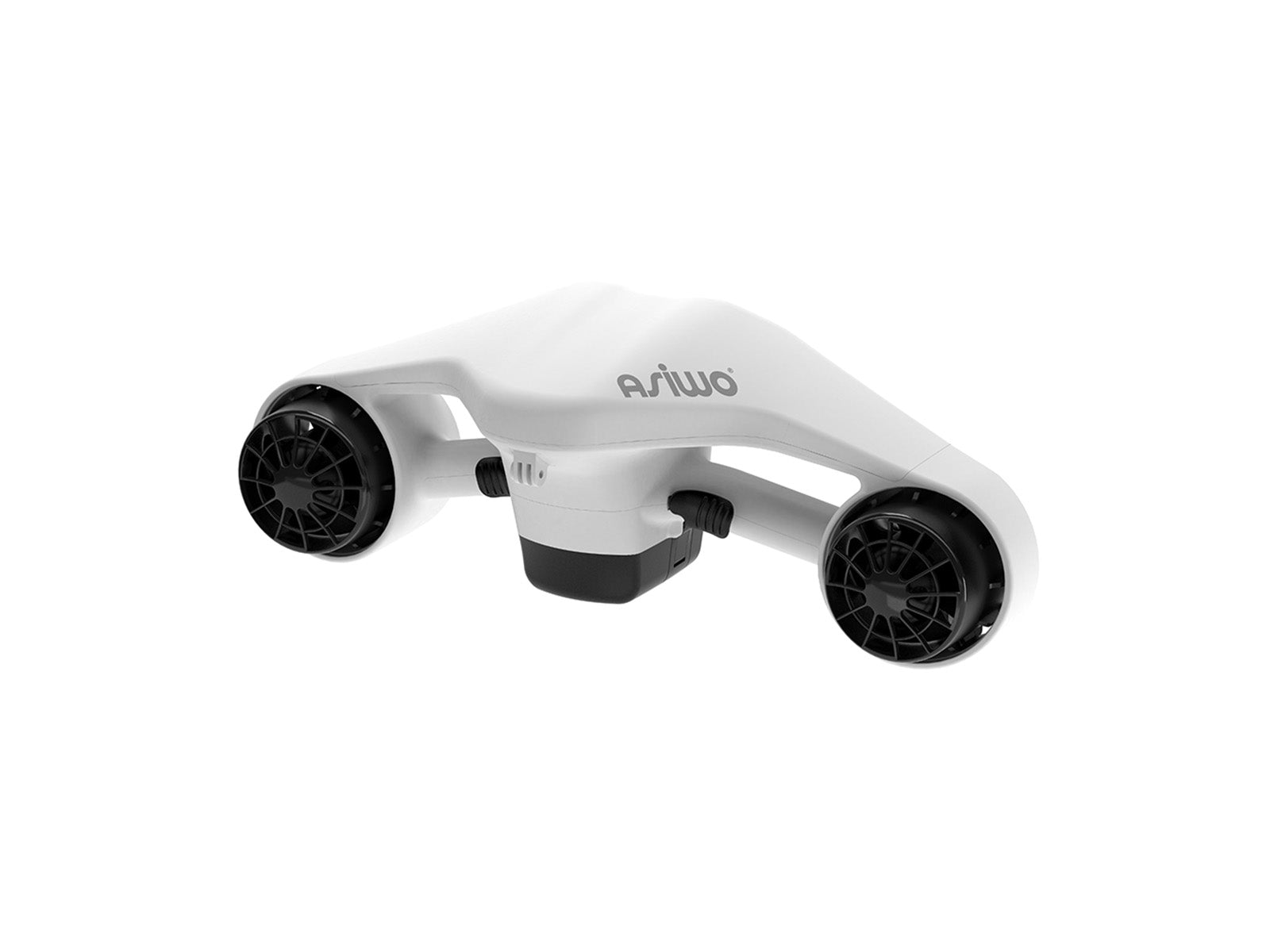
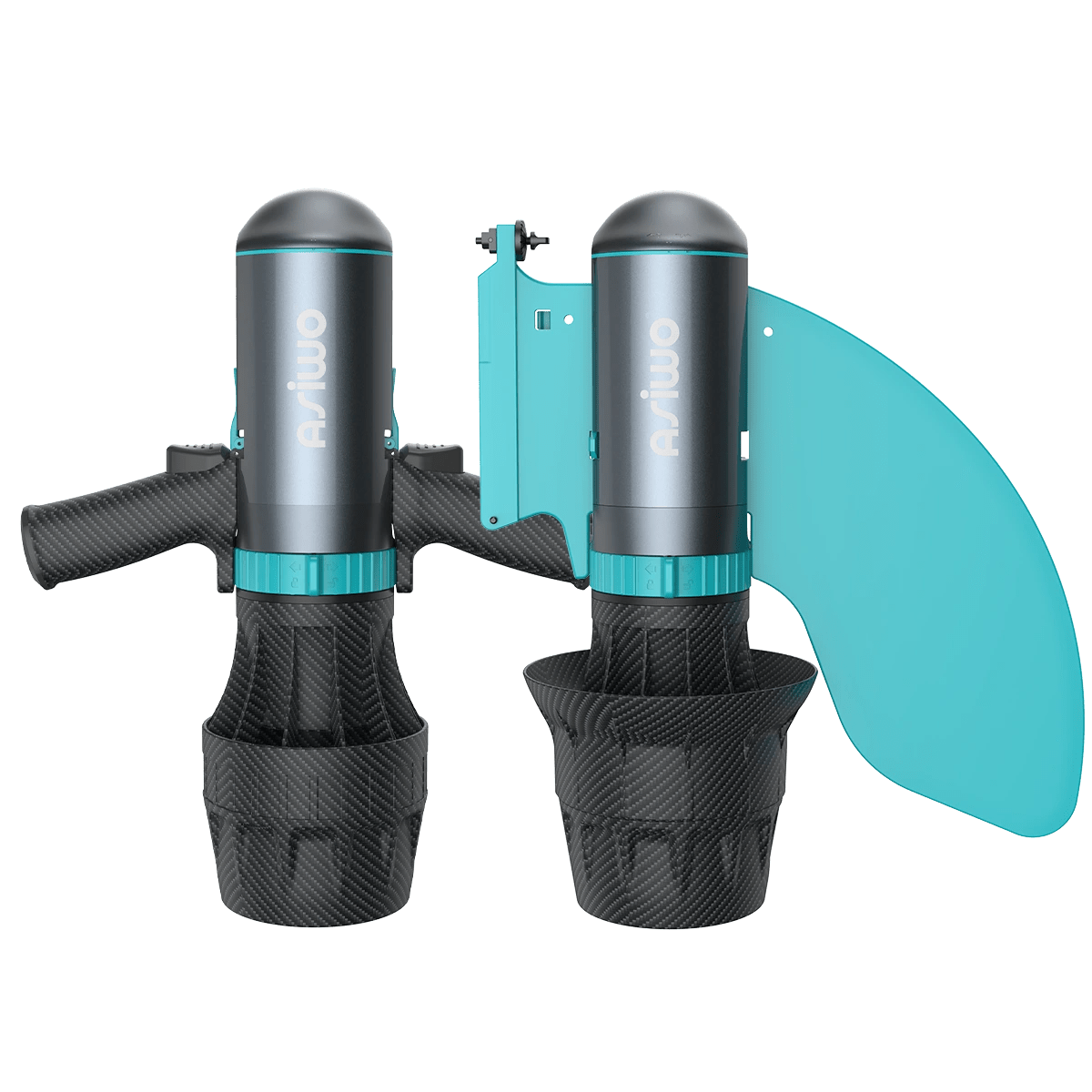




Lascia un commento